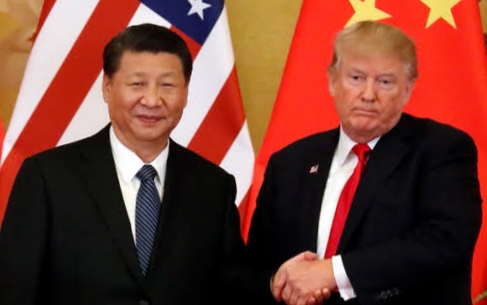INTERNEWSTIMES.COM – The American heartland is facing a crossroads. As the nation races towards an electric vehicle future, the Rust Belt states, once the backbone of the auto industry, are struggling to find their place in the new landscape.

President Biden’s ambitious plan to electrify the American road has seen a flurry of activity, with hefty tariffs slapped on Chinese EVs and their components to protect domestic production. But while the White House trumpets the creation of new jobs and a cleaner future, the reality on the ground in states like Michigan, Ohio, and Pennsylvania is far less rosy.
The promise of a green revolution hasn’t translated into a tangible economic boom for these regions. The transition away from traditional gasoline-powered vehicles has left many workers in the Rust Belt facing uncertainty, with fears of job losses and a shrinking manufacturing base looming large. Last year’s strike against General Motors, which saw workers demanding better wages and job security in the face of the EV shift, highlighted the anxieties simmering beneath the surface.
The political stakes are high. These states are crucial swing states in upcoming elections, and the Biden administration is facing pressure to deliver on its promises of a just transition that benefits all Americans, not just those in tech hubs and coastal cities. The question remains: Can the electric vehicle revolution truly be a win-win for everyone, or will it leave behind the very communities that helped build America’s automotive legacy?
The answer will have a profound impact on the political landscape and the future of the American auto industry. As the 2024 election approaches, the eyes of the nation will be on the Rust Belt, watching to see if the electric dream can become a reality for all. (Red)























